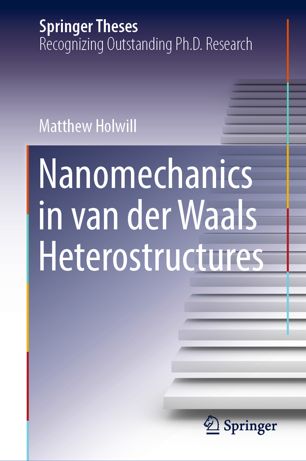

Most ebook files are in PDF format, so you can easily read them using various software such as Foxit Reader or directly on the Google Chrome browser.
Some ebook files are released by publishers in other formats such as .awz, .mobi, .epub, .fb2, etc. You may need to install specific software to read these formats on mobile/PC, such as Calibre.
Please read the tutorial at this link: https://ebookbell.com/faq
We offer FREE conversion to the popular formats you request; however, this may take some time. Therefore, right after payment, please email us, and we will try to provide the service as quickly as possible.
For some exceptional file formats or broken links (if any), please refrain from opening any disputes. Instead, email us first, and we will try to assist within a maximum of 6 hours.
EbookBell Team

4.3
38 reviewsMicro/nano-mechanical systems are a crucial part of the modern world providing a plethora of sensing and actuation functionalities used in everything from the largest cargo ships to the smallest hand-held electronics; from the most advanced scientific and medical equipment to the simplest household items. Over the past few decades, the processes used to produce these devices have improved, supporting dramatic reductions in size, but there are fundamental limits to this trend that require a new production paradigm.
The 2004 discovery of graphene ushered in a new era of condensed matter physics research, that of two-dimensional materials. Being only a few atomic layers thick, this new class of materials exhibit unprecedented mechanical strength and flexibility and can couple to electric, magnetic and optical signals. Additionally, they can be combined to form van der Waals heterostructures in an almost limitless number of ways. They are thus ideal candidates to reduce the size and extend the capabilities of traditional micro/nano-mechanical systems and are poised to redefine the technological sphere.
This thesis attempts to develop the framework and protocols required to produce and characterise micro/nano-mechanical devices made from two-dimensional materials. Graphene and its insulating analogue, hexagonal boron nitride, are the most widely studied materials and their heterostructures are used as the test-bed for potential device architectures and capabilities. Interlayer friction, electro-mechanical actuation and surface reconstruction are some of the key phenomena investigated in this work.